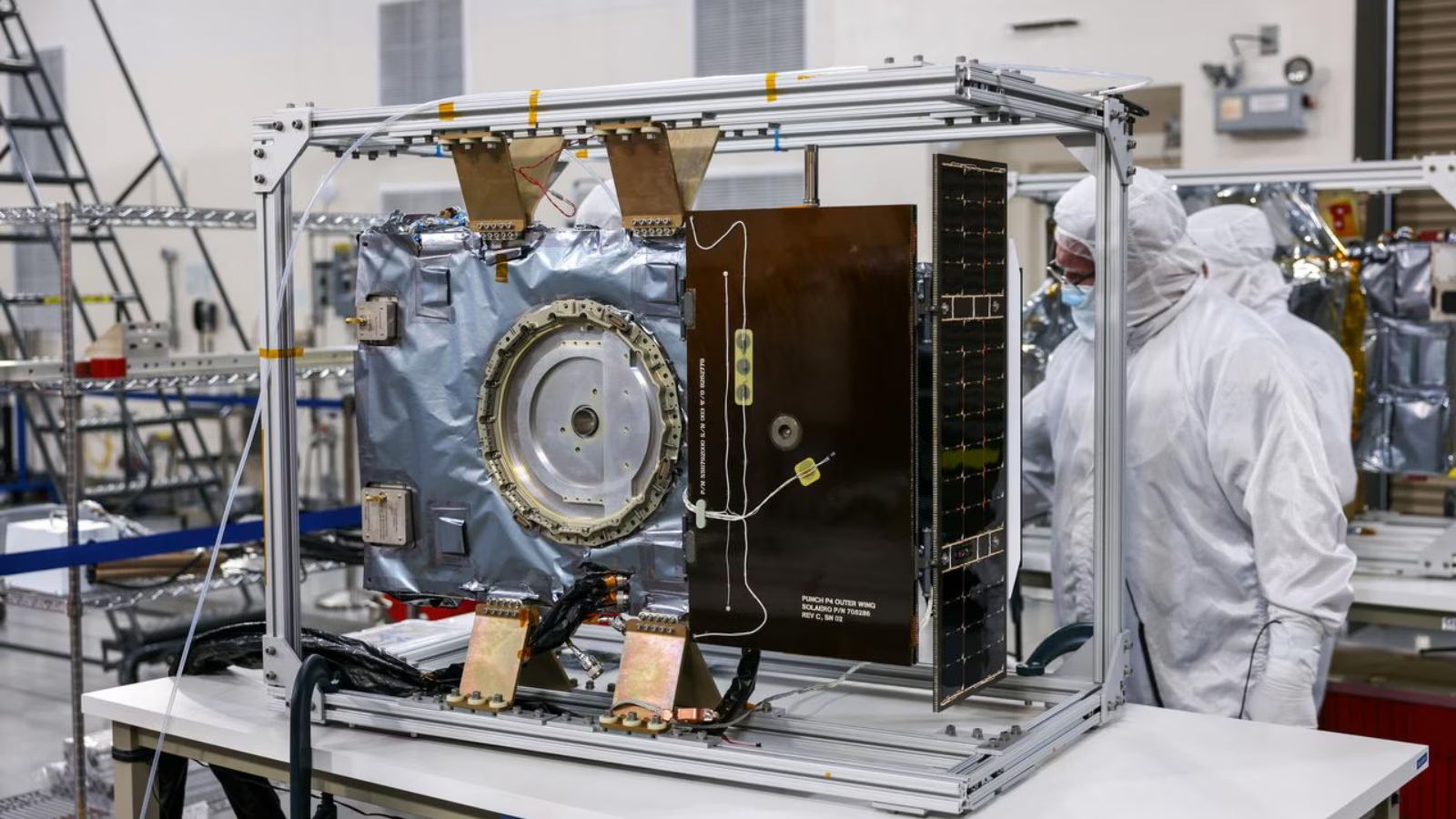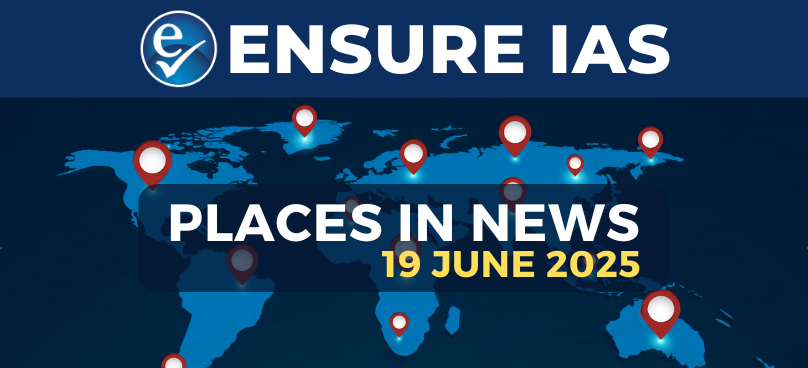- Courses
- GS Full Course 1 Year
- GS Full Course 2 Year
- GS Full Course 3 Year
- GS Full Course Till Selection
- Answer Alpha: Mains 2025 Mentorship
- MEP (Mains Enrichment Programme) Data, Facts
- Essay Target – 150+ Marks
- Online Program
- GS Recorded Course
- Polity
- Geography
- Economy
- Ancient, Medieval and Art & Culture AMAC
- Modern India, Post Independence & World History
- Environment
- Governance
- Science & Technology
- International Relations and Internal Security
- Disaster Management
- Ethics
- NCERT Current Affairs
- Indian Society and Social Issue
- NCERT- Science and Technology
- NCERT - Geography
- NCERT - Ancient History
- NCERT- World History
- NCERT Modern History
- CSAT
- 5 LAYERED ARJUNA Mentorship
- Public Administration Optional
- ABOUT US
- OUR TOPPERS
- TEST SERIES
- FREE STUDY MATERIAL
- VIDEOS
- CONTACT US
NASA’s PUNCH Mission
NASA’s PUNCH Mission

- In March 2025, the National Aeronautics and Space Administration (NASA) has launched its most ambitious solar missions —PUNCH (Polarimeter to Unify the Corona and Heliosphere).
- The PUNCH mission is particularly timely, as it aligns with the Sun’s current phase of heightened activity, making it an ideal window to capture critical solar phenomena in unprecedented detail.
Background: Why the Sun, Why Now?
The recent surge in solar missions is no coincidence—it directly aligns with the solar cycle, a roughly 11-year cycle during which the Sun's magnetic field flips, switching its north and south poles. This magnetic reversal significantly influences solar behavior, particularly during solar maximum, when sunspots, solar flares, and coronal mass ejections (CMEs) peak.
These powerful events can have major impacts on Earth, disrupting:
- Satellites and spacecraft,
- Global communication and navigation systems (e.g., GPS),
- Power grids and aviation routes,
- And even posing risks to astronauts in space.
Since May 2022, solar activity has remained consistently above average. Sunspot numbers are rising, indicating that Solar Cycle 25 is nearing its peak, expected between 2024 and 2025, according to the National Oceanic and Atmospheric Administration (NOAA). This makes the current time the most favorable for solar observation until the next maximum expected around 2035–2036.
Missing this observational window could delay key scientific breakthroughs by an entire decade. This urgency is driving a flurry of solar missions launched between 2023 and 2025, including:
- Aditya-L1 by ISRO (India), launched on September 2, 2023, to study solar flares, solar wind, and magnetic fields.
- Proba-3 by the European Space Agency, launched on December 4, 2024, to observe solar storms using a unique formation-flying technique.
- And now, PUNCH by NASA, launched in March 2025, designed to revolutionize our understanding of the solar corona and the genesis of the solar wind.
Mission Overview: What is PUNCH?
- PUNCH is a first-of-its-kind heliophysics mission comprising four identical, suitcase-sized satellites orbiting Earth in a polar low Earth orbit, closely aligned with the terminator line—the boundary between day and night.
- This unique orbital design ensures:
- Continuous exposure to sunlight, and
- Unobstructed views of the Sun’s outer atmosphere.
- These four satellites will function as a single virtual instrument, each equipped with a camera, forming a 90° combined field of view centered on the Sun.
- By working together, they will provide global, 3D imaging of the Sun’s corona and its transition into the solar wind—the stream of charged particles that continuously flows outward, shaping the heliosphere that envelops our solar system.
Mission Objectives: Scientific Questions PUNCH Aims to Answer
PUNCH is designed to address critical and long-standing questions in solar physics and space weather research (heliophysics):
- How does the Sun’s outer atmosphere (corona) evolve into the solar wind?
- What structures emerge in the solar wind, and how do they form?
- How do these dynamic solar processes influence the space environment across the solar system, including Earth?
To achieve this, PUNCH will make use of polarized light, a technique never before used at this scale for studying the Sun.
- As sunlight scatters off electrons in the corona and solar wind, the light becomes polarized—its wave orientation becomes aligned.
- By capturing this polarized light with polarizing filters, similar to those in sunglasses, PUNCH will be able to generate three-dimensional maps of solar structures.
- These high-resolution observations will help reveal how space weather events—like flares and CMEs—form, evolve, and propagate. Ultimately, this could improve our ability to predict space weather and mitigate its effects on satellites, power systems, and astronauts in space.
|
Also Read |
|
| NCERT Books For UPSC | |
| UPSC Monthly Magazine | Best IAS Coaching in Delhi |




